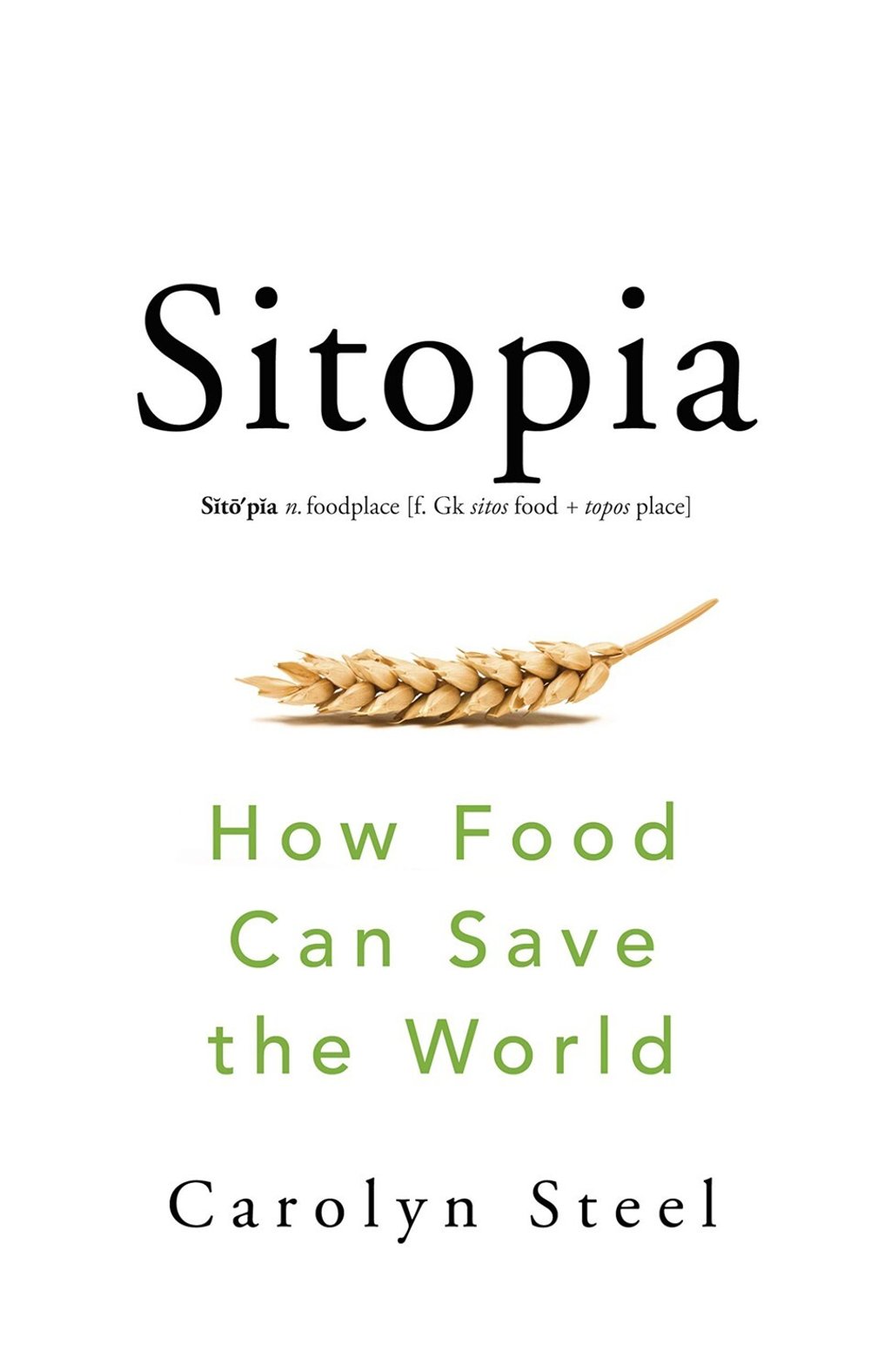What will become of our cities, and how will they accommodate new realities?
With the Covid-19 pandemic having emptied urban centres, these three books – Designing Disorder, Sitopia and Terra Incognita – invite readers to question why we love and loathe our cities, and whether density is our destiny

Designing Disorder by Richard Sennett and Pablo Sendra, Verso.
Richard Sennett said it 50 years ago in The Uses of Disorder and he is saying it still: our cities should be less prescriptive and more uncertain. Only then will their inhabitants be able to enjoy, and benefit from, the complexity of experiences that may evolve.
In Designing Disorder, co-written with architect/activist Pablo Sendra, the American urbanist-cum-sociologist makes the most of a second opportunity to rail at the homogenous and the predictable. Meaning he has no time for real-estate-driven urbanism, which has, he argues, blighted London and New York.
Evocatively, he paints a picture of brittle cities, which serve closed systems and whose buildings are destroyed rather than adapted as their use changes: New York skyscrapers have an average lifespan of only 35 years. At the other end are open cities in which planning has been determined democratically by the people and their planners. Here, incompleteness is important so that architecture can be revised as necessary.
With the pandemic raising innumerable questions about our cities and their adaptability, not a few readers will thrill at the anarchical ideas of Sennett – who himself was influenced by celebrated urbanist Jane Jacobs. If novelists were to reveal at the start how their stories end, you’d close the book, he says. “All good narrative has the property of exploring the unforeseen […] Likewise the urban designer’s art.”

Sitopia by Carolyn Steel, Vintage.
Although a book that centres on food, Sitopia – Greek for “food” (sitos) and “place” (topos) – contains an excellent chapter on cities and their co-dependence with the rural areas around them. That paradox has vexed urbanites since cities came into existence 5,500 years ago, writes Carolyn Steel, who points out that “countryside is in fact an urban construct, a space outside the city that exists at the latter’s behest”.